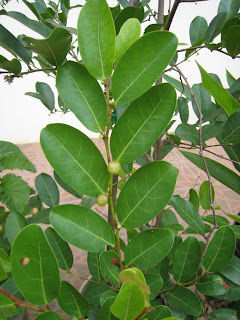I wonder how many of you can remember this particular local Sarawak (maybe, Malaysian, too) delicacy. Presumably, only those who are in their forties or older would have seen this dish on a regular basis on the dining table! Now, few youngsters will eat this dish. This particular delicacy - albeit an acquired taste - is also now rarely seen or sold in the local market.
So do you all remember the small crabs pickled in brine ....?
If I am not mistaken, the crab is the sand bubbler crabs that can be found on all the beaches or along the fresh/marine riverine/mangroves zones near the sea. Catching this crab for pickling used to be a thriving industry for many fishermen - but which no longer provides a viable income for the fishermen of today.
I saw this for sale at a stall in E-Mart along Matang Road, Kuching. I resisted it at first but then had to go back and buy some. The price is RM48 per kg!
To eat the crab, you need to take each one and do a quick rinse and brush. Remove and discard the gills and clean the inside of the carapace properly retaining only the flesh and roe (if any). Cut the legs into sections/ Place all in a small dish, add sliced chilli, small lime (limau kasturi) juice and some vinegar (optional).
It is eaten as a side dish with rice and is a fantastic delicacy. How any of you are are actually developing a hankering for this dish of nostalgia now?
Nowadays, I eat this dish with some trepidation - worried in case I develop food poisoning :-) and that does take some of the joy out of eating this lovely delicacy! A sure sign of old age!





































